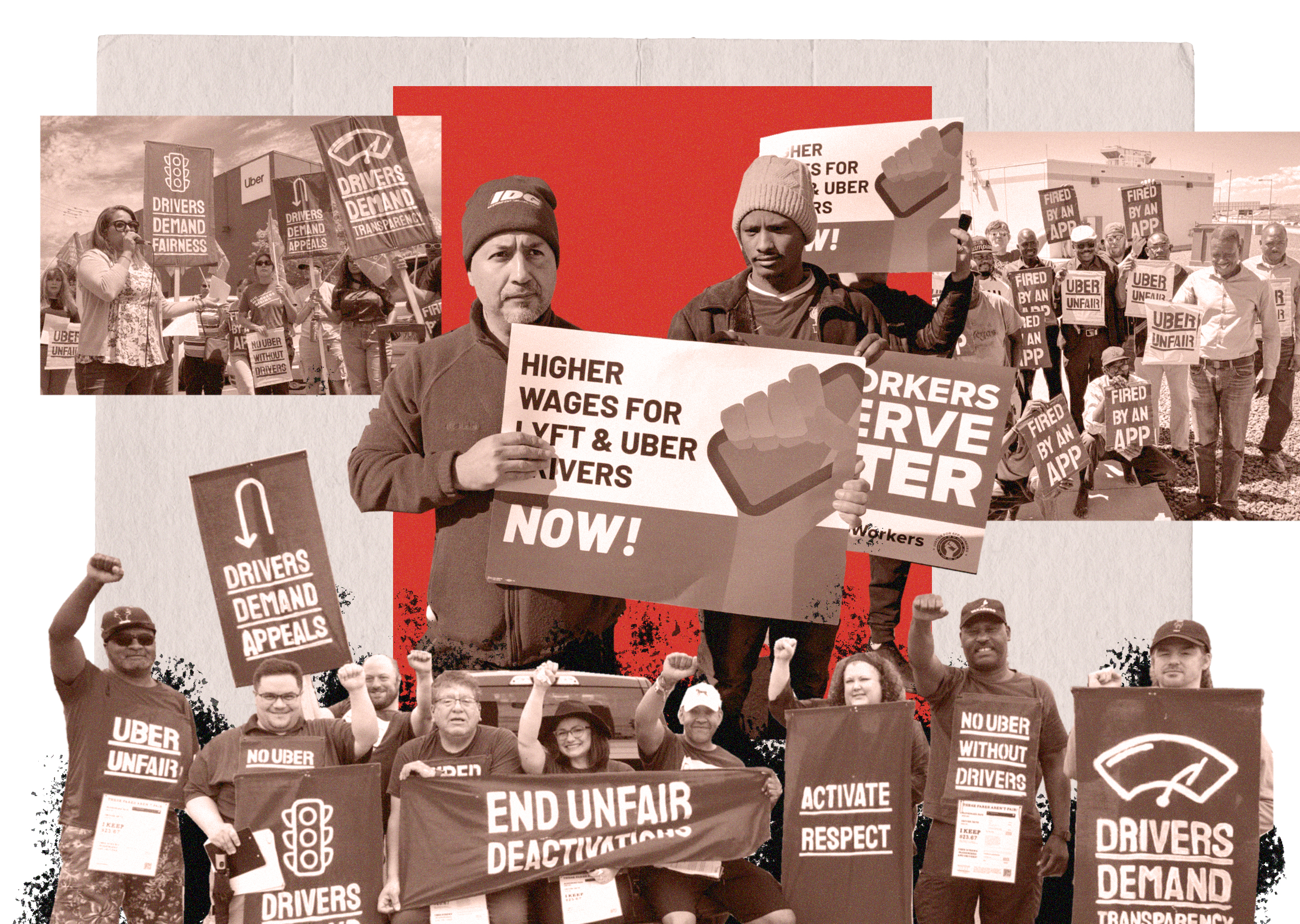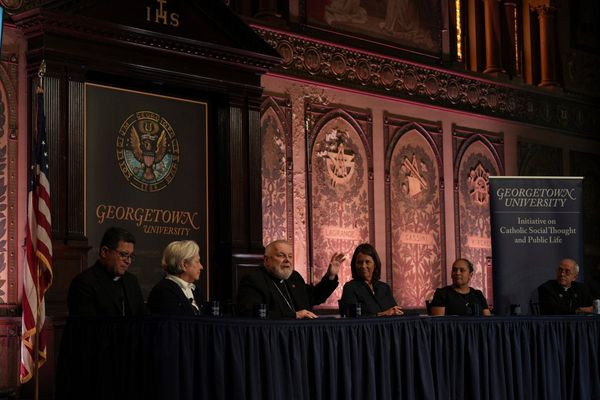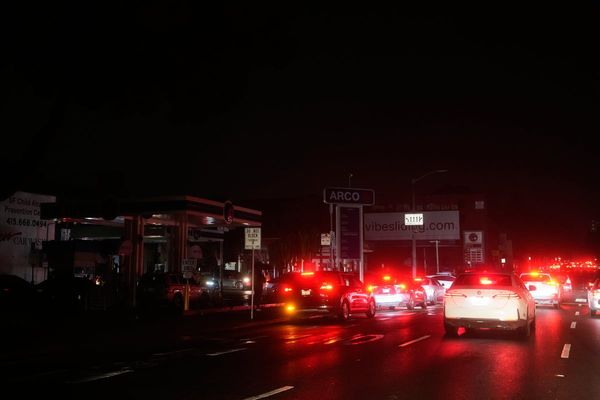
As Donald Trump returns to the White House this week, the people that Capital & Main has covered for the last 18 months in its national series on worker organizing could face a difficult transition. This is the first in a four-part series looking at how labor organizing could be affected by the second Trump administration.
Industry
Rideshare Drivers
How Many Workers
Estimated at 1 million-2 million in the U.S.
What They’re Fighting For
Higher wages, safety protections and an end to what they call “firing by app,” when drivers suddenly lose access to the rideshare app without warning or immediate recourse.
Backstory
Rideshare workers have been trying to improve their jobs by demanding — and often winning — local protections since 2018. Drivers have so far been considered “independent contractors” for purposes of labor law, placing them outside the workplace protections that federal laws provide, including the right to organize a union. In 2024, rideshare workers launched a coordinated multistate campaign, Activate Respect, across Illinois, California and Colorado. The campaign calls for an overhaul of Uber’s method of deactivating drivers from the app without warning. Drivers say the sudden loss of income, paired with an opaque appeal process, can be devastating.
Current Status
In early October, Activate Respect organizers from the campaign’s three sites convened in San Francisco to demonstrate at Lyft and Uber headquarters. In addition to an end to “firing by app,” they want a transparent rider complaint investigation process for drivers nationwide, including fair hearings.
In December, following years of driver organizing, the Chicago City Council approved $250,000 in funding for rideshare worker education on labor rights and worker protections. The fund will assist the more than 85,000 rideshare drivers in Chicago with countering unfair app deactivations, wage theft and other violations.
Coming Soon: Local and National
Drivers are more optimistic about local efforts than national ones to improve their jobs as the second Trump administration takes hold.
Coming Soon: Chicago
In Chicago, drivers hope the new fund signals support for a rideshare living wage and safety ordinance they have sought since 2022. That law would raise pay, increase fare transparency and add safety protections. Lori Simmons, a driver and organizer with the People’s Lobby and Chicago Gig Alliance, said she is “feeling very good about our odds of passing this ordinance” in 2025.
Workers expect the companies will fight the ordinance, as Uber and Lyft have fought similar laws in other cities and states. They also appear to coordinate closely. Separate emailed statements to Capital & Main from each company were nearly verbatim, noting that the proposed law would “jeopardize the service for most” in Chicago by “drastically increasing fares” such that “drivers would ultimately earn less because so few people would be left to afford a ride.”
Workers are now coordinating, too, sharing company “playbook[s]” they have observed, Simmons said. “It’s been powerful to put our heads together [and] know what to expect,” she said.
SImmons noted how Uber and Lyft technically complied with New York’s 2018 minimum wage for drivers, then began to lock workers out of apps, reducing their hours — a tactic Chicago drivers can now try to preempt.
Coming Soon: National
WIth no resolution to the Activate Respect campaign by early January, drivers will be “escalating” the campaign in 2025, said Simmons.
In an emailed statement, an Uber spokesperson said, “Improving the deactivation process is a top priority.”
Meanwhile, the second Trump administration is unlikely to be friendly to rideshare drivers, said Erin Hatton, a sociology professor at the University at Buffalo. President Trump’s first administration passed a rule that made it easier for employers to classify workers as independent contractors, therefore limiting their rights. While it was reversed by the Biden administration, it could be reinstated.
“I don’t imagine Trump will go to bat for these workers,” said Hatton. “If anything, he will stand up for the businesses trying to take advantage of them.”
Drivers are also worried that the mass deportations promised by President Trump will upend the industry, said Simmons. Some 90% of drivers are immigrants, depending on the city.
Why This Matters
Rideshare drivers “are on the vanguard of labor organizing,” said Hatton. They comprise roughly a quarter of the gig economy and an estimated 8.3% of the nation’s independent contractor workforce. Successful organizing among drivers, then, may signal potential for improving the jobs of other independent contractors, who in turn make up as much as 15% of workers.
“These are workers who do not share a workplace,” said Hatton, adding that organizing in such an environment provides lessons for other decentralized and remote workers. “They are finding ways to come together [and] push for change in a landscape in which it is exceedingly difficult to do so.”







